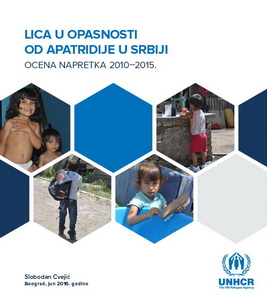 The number of “legally invisible” Roma, Ashkali and Egyptians (RAE) was halved during the last four years, indicates the survey “Persons at Risk of Statelessness in Serbia – Progress Assessment 2010-2015”, published by the UN Agency for Refugees.
The number of “legally invisible” Roma, Ashkali and Egyptians (RAE) was halved during the last four years, indicates the survey “Persons at Risk of Statelessness in Serbia – Progress Assessment 2010-2015”, published by the UN Agency for Refugees.
“We are satisfied with the progress made since April 2012, when the Ministry of Public Administration and Local Self-Government, the Ombudsman of the Republic of Serbia and the UN Refugee Agency signed a tripartite agreement of understanding with the aim of resolving the issue of persons without citizenship in Serbia”, said Hans Friedrich Schroeder, head of the UNHCR office in Serbia.
The survey implemented by SeCons during the period September-October 2015 encompassed nearly 2,000 households (approximately 9,000 persons) in 154 RAE settlements across 77 municipalities in Serbia.
“During the last several years the Government of the Republic of Serbia dedicated particular attention to the issue of statelessness – the existence of persons without citizenship. Just over four years ago an agreement of understanding was signed by the line ministry, the UNHCR office in Serbia and the Ombudsman, used to find and implement the most efficient solutions for overcoming this issue. Our goal is to enable the registration of new-borns in official registries despite their parents being “legally invisible”, i.e. not holding personal documents or birth certificates, thus preventing the creation of new apatrides”, said Deputy Prime Minister and Minister of Public Administration and Local Self-Government Kori Udovički.
Robert Sepi, Deputy Ombudsman of the Republic of Serbia, said that “due to the agreement of understanding the number of ‘legally invisible’ persons has been significantly reduced. The key step towards this goal is the accepted Ombudsman Initiative for amendments to the Law on Non-Judicial Proceedings, making it possible for persons without approved citizen status to be registered in the official registries.
The survey “Persons at Risk of Statelessness in Serbia – Progress Assessment 2010-2015” is available here.
(UNHCR office in Serbia)
Source: www.crnps.org.rs
 Government of the Republic of Serbia
Government of the Republic of Serbia





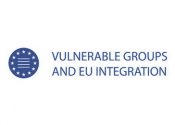




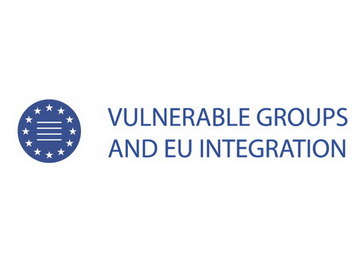
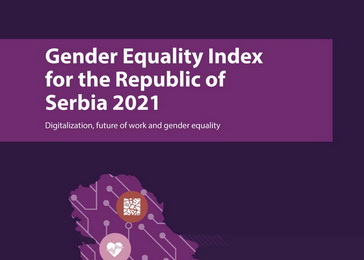
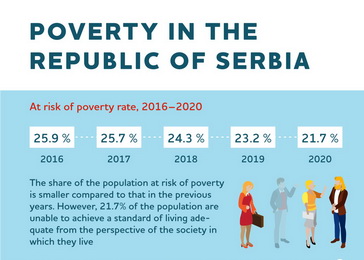


 pdf [271 KB]
pdf [271 KB]
Leave a Comment